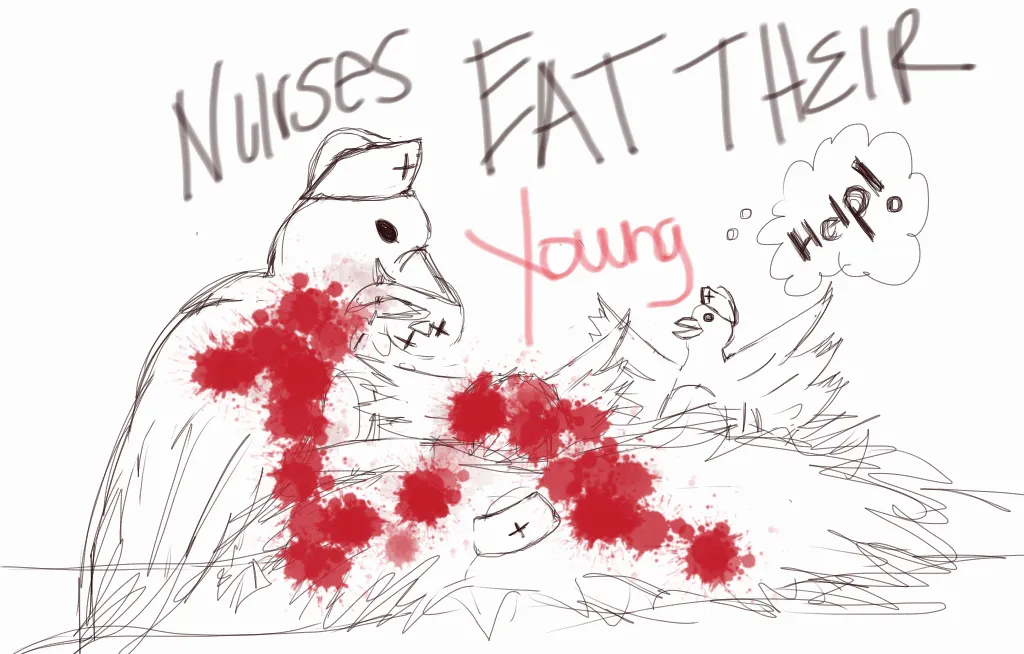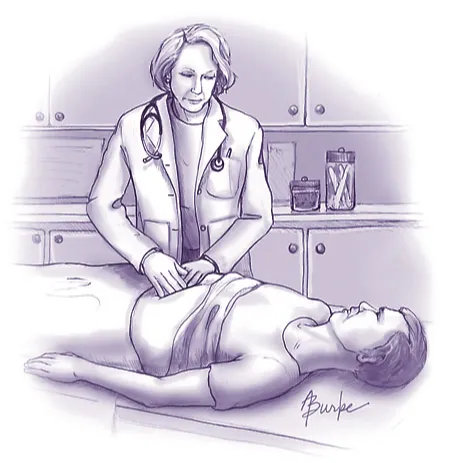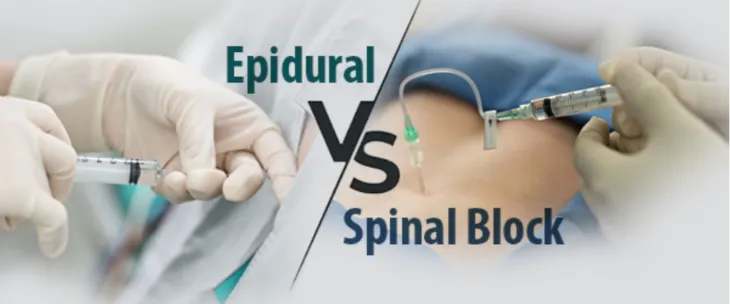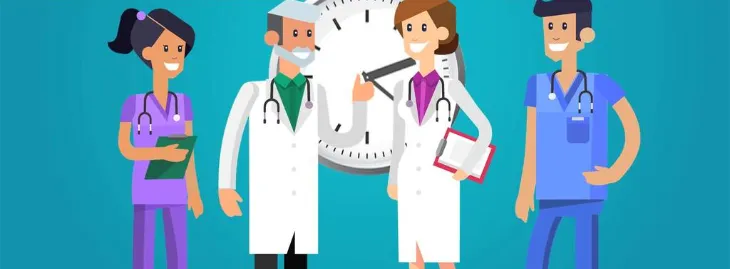Wendy Blatchley, RN, BSN
Wendy Blatchley, RN, BSN is a frequent contributor to RN Journal with 2 articles published to date.
Contact by email: click here.

Mystery Diagnosis: Recognizing Serotonin Syndrome
Tags: advanced practice hunter serotonin toxicity criteria recognition serotonin syndrome serotonin toxicity treatment
Serotonin syndrome (SS) is a rare condition that is believed to be induced by ingestion of serotonergic medications, leading to an increased serotonin level. Although many medications are thought to be responsible, some of the more common are antidepressants and opioids. There are no definitive tests to confirm SS, therefore diagnosis is based on clinical findings and can be somewhat difficult. A triad of symptoms, neuromuscular hyperactivity, altered mental status, and autonomic hyperactivity, are considered the hallmark signs, but are not present in all cases. Symptoms can vary from mild and almost undetectable to severe and life threatening. Three diagnostic systems are currently utilized to assist with diagnosis if SS is suspected: the Hunter, Sternbach, and Radomski criteria. A diagnosis of SS should prompt discontinuation of the suspected offending agent. Increased awareness of this issue is needed, including symptoms and risk factors, so that the advanced practice registered nurse (APRN) may promptly recognize and diagnosis this condition to avoid further complications. Completing a thorough history and physical, along with accurate medication reconciliation can assist the APRN in identifying high risk patients. While there is still so much about SS that remains unknown, current information and education on this issue will ensure the APRN is providing safe and high-quality care. Databases utilized were CINAHL, PubMed, and ScienceDirect. These databases provide access to numerous nursing, biomedical, and scientific journals and were useful in locating up-to-date, peer reviewed research on this subject.
Read More →
Preventative Community Health Improvement plan
Tags: behavior Community Health Health Promotion STDS
Preventative community health improvement plan to reduce the number of cases of sexually transmitted diseases (STDs).
Read More →Get Published for Free
Browse by Tag
advocate aging anesthesia behavior cardiac care Case Study child children clinical compassion COVID-19 critical care death diabetes disease education emergency department end of life ethical principles ethical values ethics future of nursing health health care ICU medication mental health nurse Nurse Education nursing nursing education nursing ethics nursing faculty nursing school nursing students PACU patient care patient outcomes patient safety pediatric poem profession risk factors stress student nurse students teaching therapy treatment
Most Popular Last Month
More from RN Journal
Provision of Effective Patient Education: A Learning Clinical Experience
Conflicts between Sound Educational Practices and Meeting the Needs of Practice for a nursing Graduate in the era of COVID-19
Embracing Change
The little moments that help keep nurses going
Legislature Ought to Increase Rewards up to 10 Million Dollars to Whistleblowers who Combat Medicare Fraud and Abuse
A Nursing Approach to the Efficacy of Corticosteroids in Community Acquired Pneumonia Treatment
Charles Bonnet Syndrome: What Nurses Need to Know
Let Volunteers Answer The Call
Professionalism in Nursing: Presenting Yourself as a Professional









